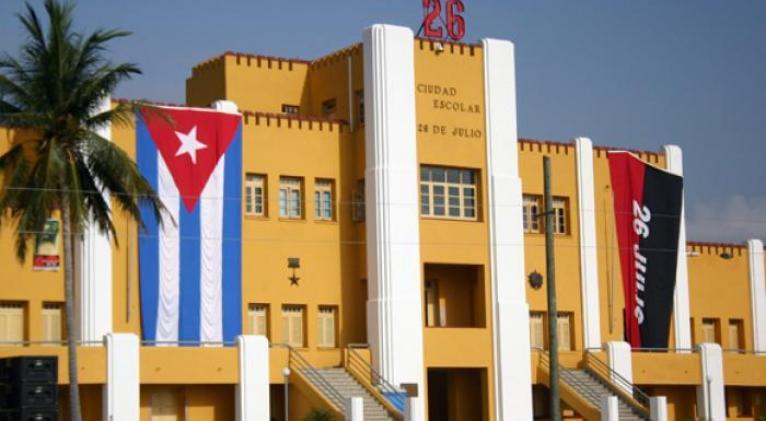In the midst of the country’s complex economic circumstances, with the intensification of the U.S. government’s hostility, the international economic crisis and the aftermath of the successful confrontation with COVID-19, these efforts have a special significance.
Everywhere can be seen the efforts of the builders who improve the roads, subjected to the depauperation of years, with the visible damages in the main streets and avenues, which momentarily confront the inconvenience of the repair with the beneficial expectation.
The construction of housing, a subject always pending and with greater urgency since Hurricane Sandy in 2012; the execution of the new cement factory and the works in the Antonio Maceo (Renté) thermoelectric plant with its more than half a century in its back, are integrated in the actions.
A chapter in these commemorative plans, launched on October 20 and divided into three stages, is the strengthening of food production, especially urban agriculture, which has a remarkable work in these lands.
The transformation of the most needy neighborhoods and alternatives to solve everyday problems related to urban transportation, high prices, water distribution, citizen procedures and the functioning of the sanitation system are also being addressed.
One piece of good news is the opening of a new provincial center for medical genetics, which will considerably expand the spaces for maternal and infant care, with its location in a centenary facility in the city.
During a recent visit to this territory, the Cuban president, Miguel Díaz-Canel, affirmed that the people of Santiago will be the hosts of this central remembrance, not only for the historical right but also for their work in these difficult times.
 Escambray ENGLISH EDITION
Escambray ENGLISH EDITION





Escambray reserves the right to publish comments.